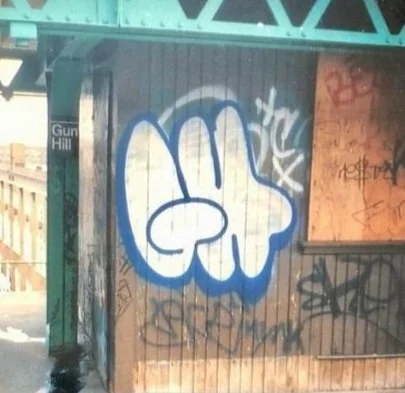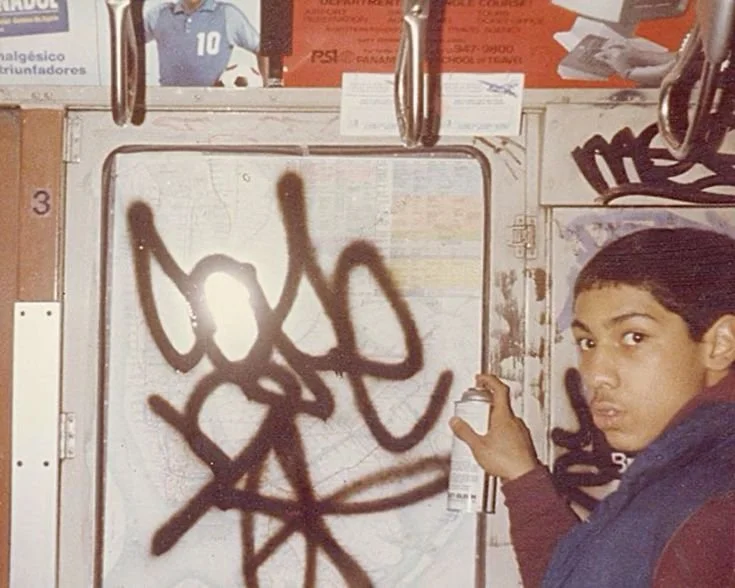Graffiti’s Toy Problem?!
In the world of graffiti, few words carry as much weight and controversy as the word “toy.” Whether you're a newcomer sketching your first throwie or a seasoned artist working the streets of LA to New York or around the world, chances are you’ve heard this term used, sometimes casually, other times with real bite. In graffiti culture, being called a toy can either be an honest critique or a direct insult, and understanding the nuances behind its usage is crucial for anyone trying to find their footing in the community.
What Does “Toy” Really Mean in Graffiti?
In graffiti terminology, the word toy has several meanings depending on the context. Most commonly, it's used to describe someone who is new to graffiti, lacks skill, or doesn’t understand the fundamentals of lettering, structure, or spray paint techniques. This is often seen as part of the learning curve, and every artist, yes, even the greats like Saber - Rime started as a toy at some point. In that sense, being called a toy isn’t always a personal attack; sometimes, it’s just the truth.
However, the term can also be weaponized and often is. It’s not uncommon for beginners to throw the word around loosely, calling other artists’ toys without understanding the ethics or history of graffiti. Ironically, doing this often makes the accuser look more like a toy themselves. In more experienced circles, the word can reflect technical critique or a call to improve. If someone with a decade in the game is still lacking the basics, letterform, things of that sort, they may still be considered toy, regardless of how long they've been painting.
Toy for Lack of History or Respect
Beyond skill level, being labeled a toy can also point to a lack of knowledge around graffiti history and culture. Unlike more centralized or documented art forms, graffiti has evolved organically in cities like Los Angeles, New York, and across the globe. Understanding local legends, graffiti crews, and the work of influential figures like Seen, Taki 183, Tracy 168, is often considered essential. But the global spread of graffiti means this history is harder to track, and sometimes even museums get it wrong.
More controversially, the term toy is applied to those who disrespect the ethics of graffiti. This includes going over other writers’ work, hitting rest in peace murals, or tagging on religious property or personal belongings like cars and fences. No matter how good you are, if you ignore the unwritten rules of the graffiti world, you might find yourself labeled a toy by the broader community. Even legends aren’t exempt, artists like Cope 2, despite their legacy, have been criticized and called toy for actions perceived as disrespectful within the scene.
Why the Word “Toy” Still Matters
So why does the term toy persist? Because it reflects more than just ability, it speaks to character, respect, and how well someone understands the values of the community. While it may be overused today, often losing its original weight, the term remains a core part of graffiti English and serves as a reminder that graffiti is not just an art form, it's a culture with its own rules and standards.
That said, new writers shouldn’t let the term discourage them. Everyone starts somewhere. Getting called a toy is often part of the journey, and if you're open to graffiti tutorials, spray paint tips, and constructive feedback from more experienced writers, then you can grow beyond it. If you're unsure where to start or how to avoid common mistakes, check out our graffiti fundamentals book available online; it’s packed with real lessons and photos to guide your development as an artist.
Grab a digital copy here: Ultimate Graffiti Guide Book Part 1: Fundamentals




